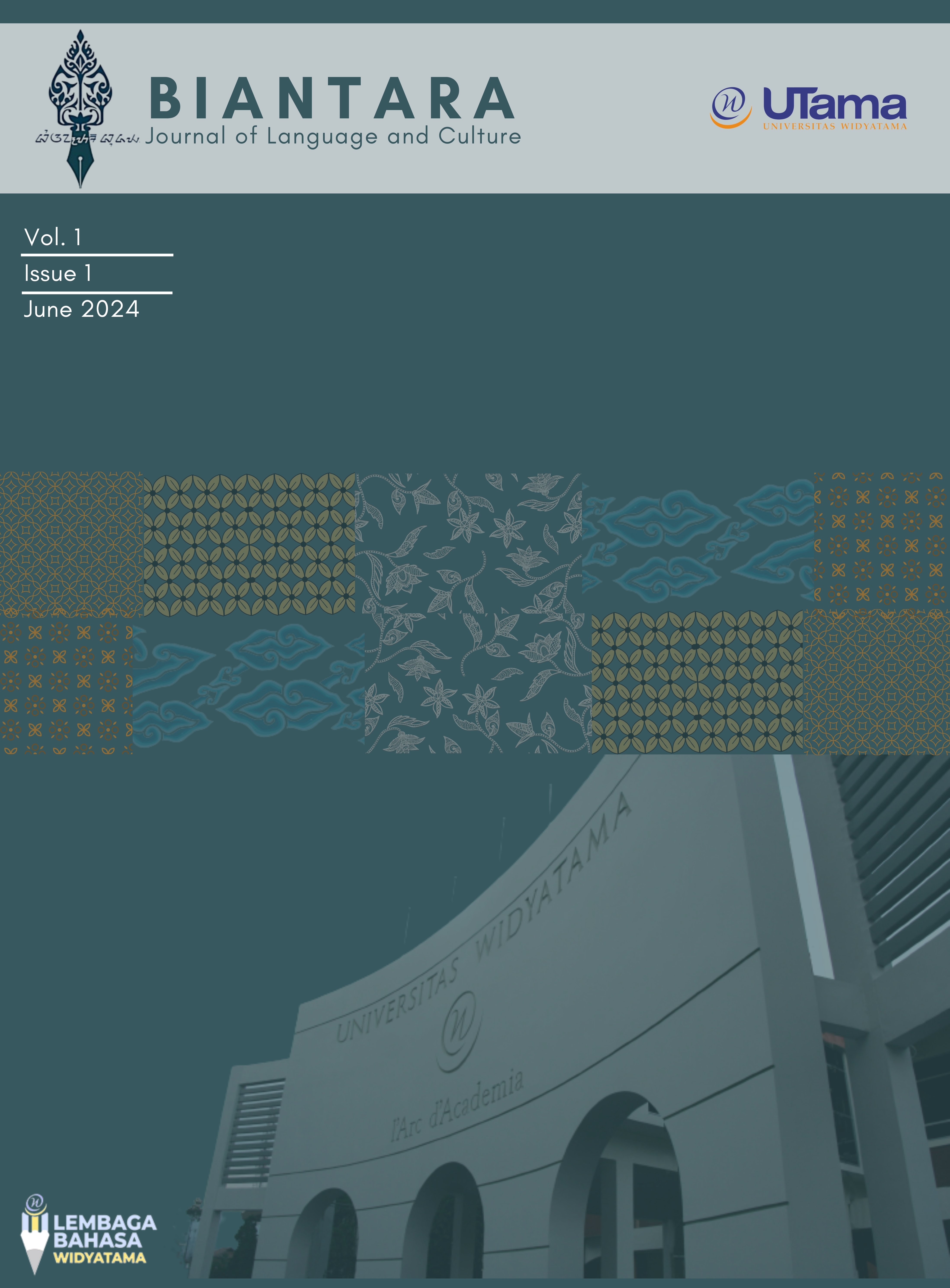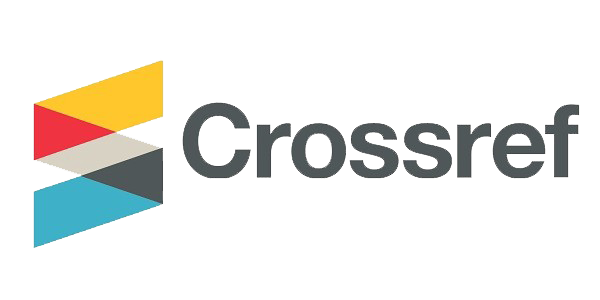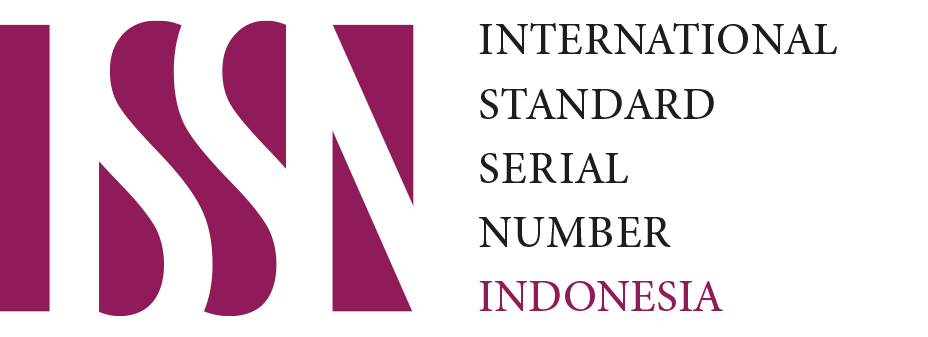THE IMPACT OF SOCIAL MEDIA TIK TOK ON THE USE OF CODE MIXING BY GENERATION Z
Keywords:
Code-Mixing, Generation Z, Social Media, TikTokAbstract
This study examines the impact of TikTok on the prevalence of code-mixing among Generation Z in Indonesia. By blending English and Indonesian, TikTok users creatively express themselves and construct their identities, influenced by the platform’s global trends and interactive nature. Employing Muysken's (2000) typology of code-mixing, the research analyzes patterns of insertion, alternation, and congruent lexicalization observed in TikTok content. Findings reveal that factors such as globalization, identity construction, peer influence, and content adaptation contribute significantly to the phenomenon. This research underscores the dynamic role of social media in shaping linguistic behavior and its implications for sociolinguistic theory and language education.
References
Alhusna, A., & Febriana, N. (2022). Code Mixing As Woman Identity: A Case on Instagram Captions of Influencer. Jurnal Ilmiah Langue and Parole, 6(1), 1-6. (https://e-journal.sastra-unes.com/index.php/JILP/article/view/542/529)
Anggarini, K. T., Putra, I. N. A. J., & Suwastini, N. K. A. (2022). An Analysis of Code-Mixing Used by the Indonesian Top Selegram in Social Media in Product Endorsement. Jurnal Pendidikan Bahasa Inggris Indonesia, 10(1), 54-65. (https://ejournal2.undiksha.ac.id/index.php/jpbi/article/view/886/544)
Ariana, H., Almuhtadi, I., Natania, N. J., Handayani, P. W., Bressan, S., & Larasati, P. D. (2024). The Influence of TikTok on Body Satisfaction Among Gen-Z in Indonesia: Mixed-Method Approach. JMIR human factors.
Aslim, M., Eliwarti, E., & Hadriana, H. (2024). An Analysis of Code Mixing Used by Beauty Influencers in Tiktok. IDEAS: Journal on English Language Teaching and Learning, Linguistics and Literature, 12(1), 89-97. (https://ejournal.iainpalopo.ac.id/index.php/ideas/article/view/4336/2724)
Barman, U., Das, A., Wagner, J., & Foster, J. (2014, October). Code mixing: A challenge for language identification in the language of social media. In Proceedings of the first workshop on computational approaches to code switching (pp. 13-23).
Bratina, D., & Faganel, A. (2024). Understanding Gen Z and Gen X responses to influencer communications. Administrative Sciences, 14(2), 33. (https://www.mdpi.com/2076-3387/14/2/33)
Cheng, Z., & Li, Y. (2024). Like, comment, and share on TikTok: Exploring the effect of sentiment and second-person view on the user engagement with TikTok news videos. Social Science Computer Review, 42(1), 201-223. (https://journals.sagepub.com/doi/full/10.1177/08944393231178603)
Ezeh, N. G., Umeh, I. A., & Anyanwu, E. C. (2022). Code Switching and Code Mixing in Teaching and Learning of English as a second language: Building on knowledge. English Language Teaching, 15(9), 106-113. (https://eric.ed.gov/?id=EJ1361434)
Gavino, M. F., & Goldrick, M. (2024). The perception of code-switched speech in noise. JASA Express Letters, 4(3). (https://pubs.aip.org/asa/jel/article/4/3/035204/3277884/The-perception-of-code- switched-speech-in-noise)
Fitriani, A., & Ramadhani, D. N. (2022). Code mixing as a communication style among South Jakarta teenagers in social media. Palakka: Media and Islamic Communication, 3(1), 13-22.
Fitria, T. N. (2024). Code Mixing Between Indonesian and English in The Website “Female Daily Review”. SALIENCE: English Language, Literature, and Education, 4(2). (https://jurnal.stkippgriponorogo.ac.id/index.php/Salience/article/view/409/43)
Harahap, R. H., Asengbaramae, R., & Karindra, N. A. (2024). Tiktok and Beauty in the Age of Gen Z: A Baudrillard’s Economic Sociological Analysis. Journal of Sustainable Economics, 2(1), 24-31. (https://talenta.usu.ac.id/jse/article/view/16296)
Husna, A. H., & Mairita, D. (2024). Gen Z dan Perilaku Konsumsi Konten Influencer pada TikTok. Jurnal Riset Komunikasi, 7(1), 86-100. (https://www.jurnalrisetkomunikasi.org/index.php/jrk/article/view/1002)
Huwae, R. K., & Azis, F. (2024). Handling TikTok App Addiction Behavior in Gen Z (Case Study on Three Teenagers in Rumah Tiga Village). Syntax Idea, 6(5), 2165- 2173. (https://jurnal.syntax-idea.co.id/index.php/syntax-idea/article/view/3268)
Kaseger, E., Worang, F. G., & Gunawan, E. (2024). The Influence of Visual Elements and Ease of Use on Purchase Decisions through TikTok Shop among Gen Z. Jurnal EMBA: Jurnal Riset Ekonomi, Manajemen, Bisnis dan Akuntansi, 12(03), 1350-1361 (https://ejournal.unsrat.ac.id/index.php/emba/article/view/58224)
Lim, A. T. (2024). Ethical leadership in the eyes of gen Z: A literature review. FIRM Journal of Management Studies, 9(1), 83-96.
Muysken, P. (2000). Bilingual Speech: A Typology of Code Mixing. Cambridge, UK: Cambridge University Press.
Ramsden, E., & Talbot, C. V. (2024). The role of TikTok in students’ health and wellbeing. International Journal of Mental Health and Addiction, 1-23. (https://link.springer.com/article/10.1007/s11469-023-01224-6)
Saragih, P. S. B., & Barus, A. A. P. (2024). Code Mixing in Maudy Ayunda's YouTube Video" Life without social media would be happier” Maudy Ayunda's Booklist.: Code Mixing. JALC: Journal of Applied Linguistic and Studies of Cultural, 2(1), 11-22. (https://jurnal.rahiscendekiaindonesia.co.id/index.php/jalc/article/view/237/37)
Susanti, R., Haryanto, H., Pranawukir, I., Safar, M., & Tjahyadi, I. (2024). The Use of Code-Mixing and Code-Switching: Challenge Identification in Language Online Mass Media. IJOTL-TL: Indonesian Journal of Language Teaching and Linguistics, 9(1), 32-43. (https://ijotl-tl.soloclcs.org/index.php/ijoltl/article/view/773)
Sutrisno, B., & Ariesta, Y. (2019). Beyond the use of code mixing by social media influencers in instagram. Advances in Language and Literary Studies, 10(6), 143-151. (https://journals.aiac.org.au/index.php/alls/article/view/6051)
Tarihoran, N. A., & Sumirat, I. R. (2022). The impact of social media on the use of code mixing by generation Z. International Journal of Interactive Mobile Technologies (IJIM), 16(7), 54-69. (http://repository.uinbanten.ac.id/8529/)
Wardana, I. K. (2024). A Comparative exploration of podcasted code-switching and code-mixing utterances: A study case Deddy Corbuzier and Cinta Laura. SPHOTA: Jurnal Linguistik dan Sastra, 16(1), 36-50. (https://e-journal.unmas.ac.id/index.php/sphota/article/view/8606/6478 )
Waworuntu, E. C., Kainde, S. J., & Mandagi, D. W. (2022). Work-life balance, job satisfaction and performance among millennial and Gen Z employees: a systematic review. Society, 10(2), 384-398. (https://societyfisipubb.id/index.php/society/article/view/464)
Yelliza, Y. (2023). Code Mixing Analysis in Group Discussion Activitiy in Speaking Class. JISIP (Jurnal Ilmu Sosial dan Pendidikan), 7(1), 332-340. (https://ejournal.mandalanursa.org/index.php/JISIP/article/view/4178/3200)
Yusuf, M., & Gapur, A. (2024). Code-Mixing and Code-Switching in the TV Culinary Show MasterChef Indonesia. International Journal of Culture and Art Studies, 8(2), 121-128. (https://talenta.usu.ac.id/ijcas/article/view/18052/7965)
Zalukhu, A. A. F., Laiya, R. E., & Laia, M. Y. (2021). Analysis Of Indonesian-English Code Switching and Code Mixing on Facebook. Research on English Language Education, 3(2), 1-10.
Zebua, Y., Munthe, L., Manik, S., & Suprayetno, E. (2025). Code-Mixing of Indonesian and English on Instagram Social Media. Journal of Applied Linguistics, 4(2), 292-301. (https://www.journal.eltaorganization.org/index.php/joal/article/view/361/263)










